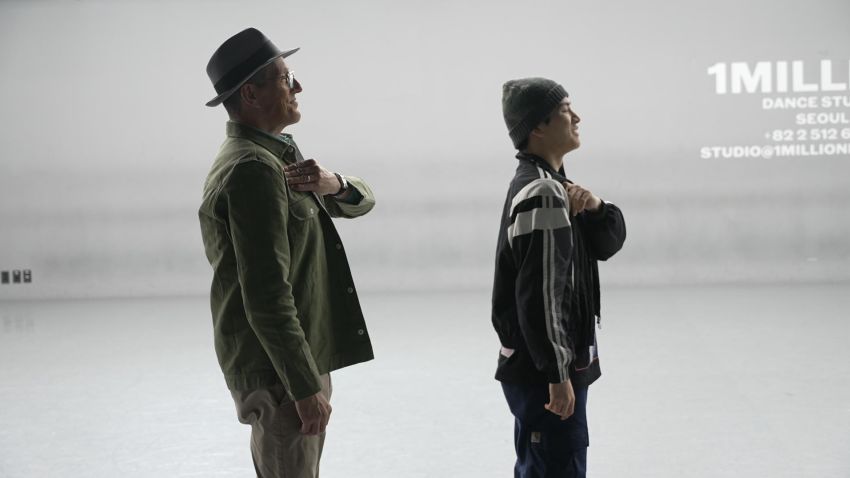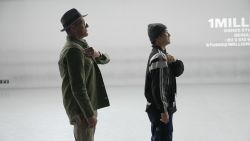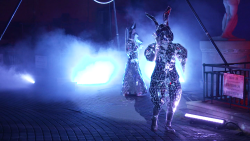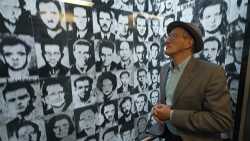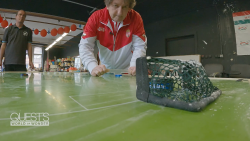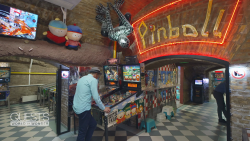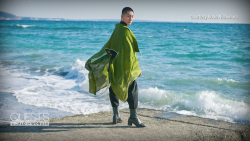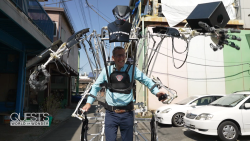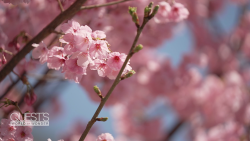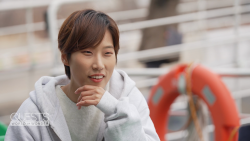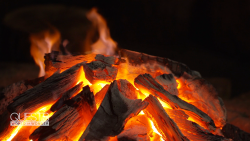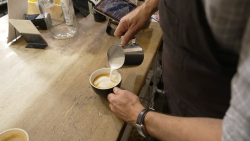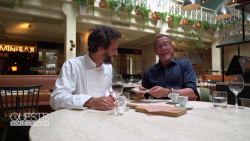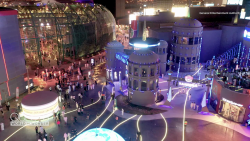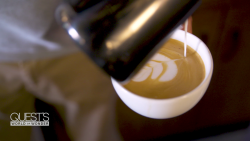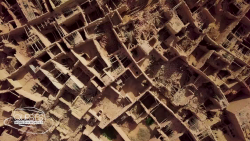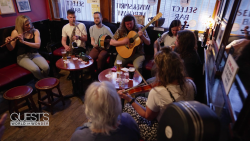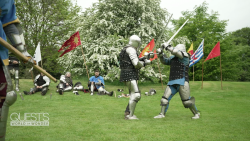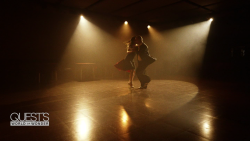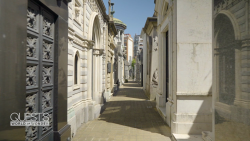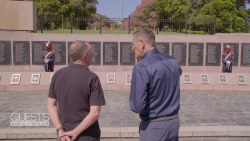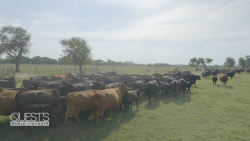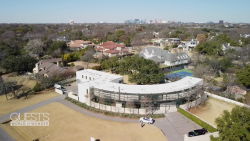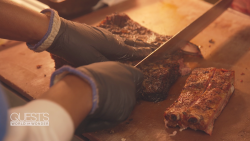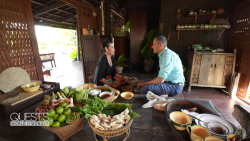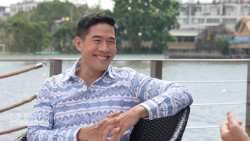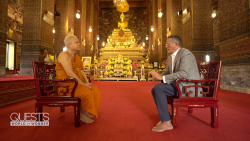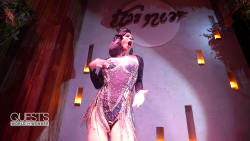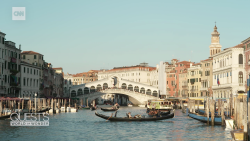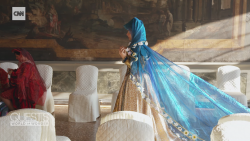It’s a city at the forefront of modern culture. At the center of the boom in all things K-Pop and K-Drama, which has seen the group BTS become the biggest-selling band in the world and movie “Parasite” pick up the Academy Award for best picture.
Through a heady mix of cutting-edge technology and a deep respect for traditions, Seoul has become one of the 21st century’s most tantalizing and important cities.
It’s a place where boy and girl bands use the metaverse to meet their fans in virtual worlds and older residents embrace new technology to showcase their city’s historic, storied ways.
A YouTube sensation
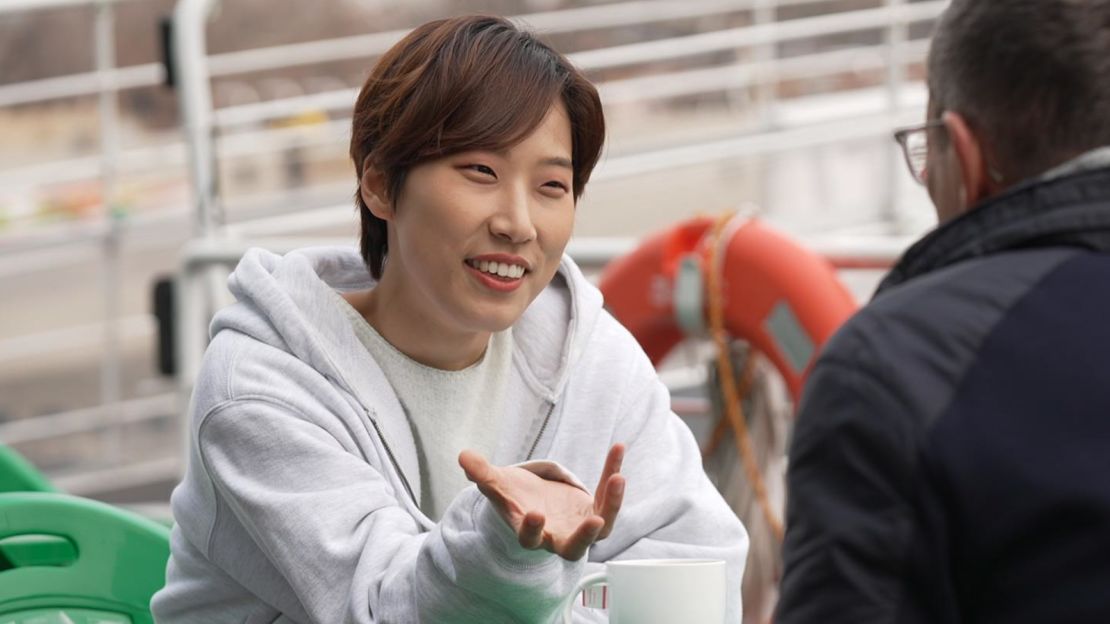
YouTube sensation Jaejae is perhaps the best-qualified person in Seoul to help understand this phenomenon and how it has come to pass. She interviews the biggest stars from Korean music, movies and film on the MMTG YouTube channel, which has almost two million subscribers. In the process, she too has become a star in Korea.
Alongside Hollywood A-listers, her videos include chats with rapper J-Hope, boy band Tomorrow x Together and the group Seventeen. Their fame, like Jaejae’s, has grown wildly in recent years, partly a result of Korea’s ongoing love affair with new technology and how it can develop connections with fans, both at home and overseas.
Koreans’ use of the internet, and social media in particular, has helped fuel Seoul’s development into a global cultural powerhouse, believes Jaejae.
“The people like fascinating things, I think,” she says. “They take a picture or a video… everything they take and upload through the Internet, that content spreads around the world. So that’s why K-Pop or K-Drama is spreading to the world.”
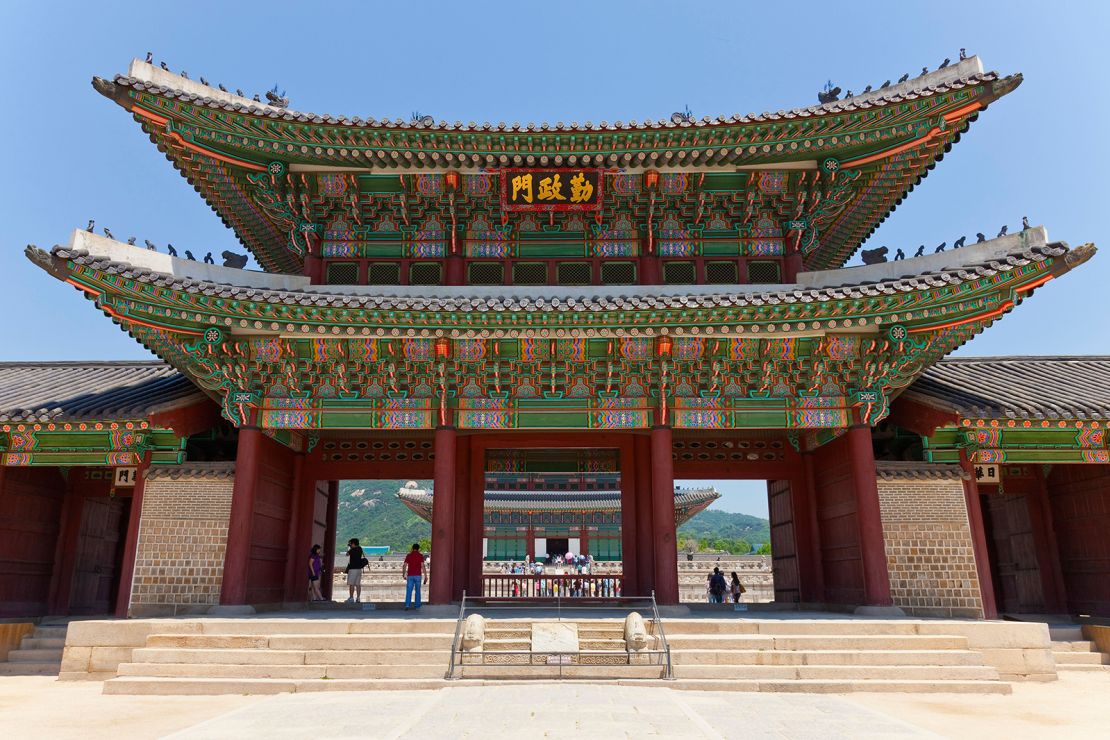
Jaejae describes herself as part of the M-Z Generation, bridging the gap between Millennials and the younger Generation Z. She is also keen to stress that the world she represents is part of a new way of seeing things, something she dubs “Newtro.” This concept, she says, blends a love for the latest things social media and the Internet have to offer with a fascination with all things 1980s and 1990s.
“Retro plus new: newtro,” she explains succinctly. “The word is spreading in Korea.”
It’s on show, she explains, in the brash and hugely popular gaming parlors, where new and old games mingle and locals spend hours playing new titles in a resolutely old school setting. It’s evident, too, outside Seoul’s beautiful Gyeongbokgung Palace, where young people dress in traditional hanbok dresses, all the better to feel closer to the history of their hometown.
Young meets old
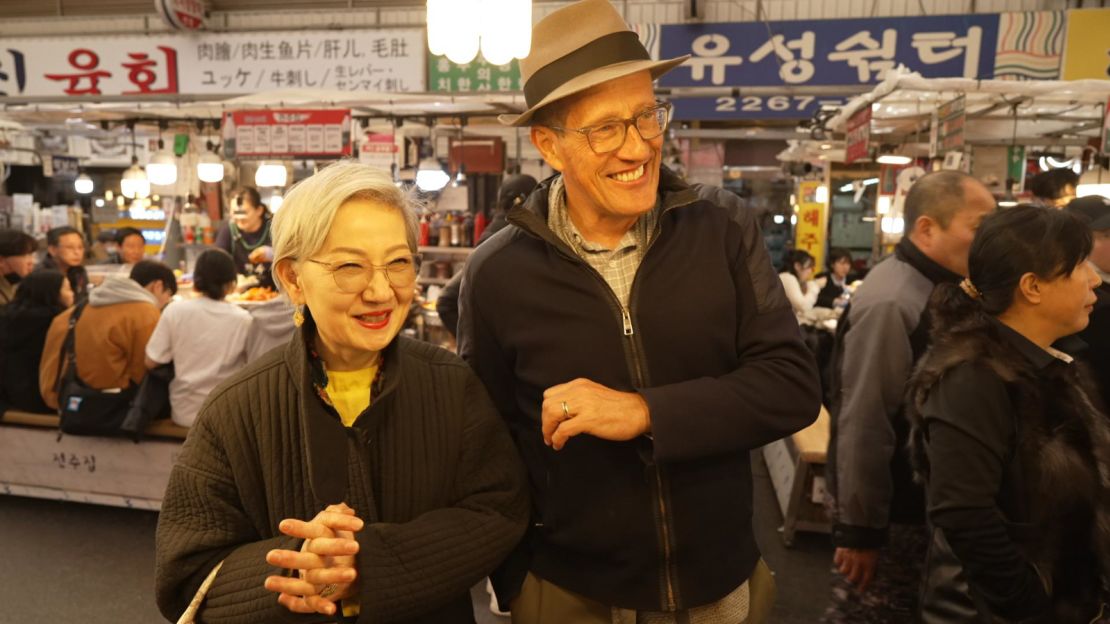
Newtro isn’t just for the young, however. It’s also for the young at heart, those keen to espouse the best traditions Seoul has to offer by using the latest methods to spread the word.
Hyunju Cho is a retired graphic designer who, on her YouTube channel, also goes by the name of Pearlysien. It’s a space, she explains, where she can show that the older generation can also be steeped in the world of K Media and culture, ranging from food to fashion. She uses her channel to talk about outfits she’s bought in Europe and give tips on the best places to find the hottest dishes in Seoul.
“Why do YouTube?” she says, walking around a food market in search of mini sushi that she dubs “drug kimbap.” “Because I am retired. [For] Koreans of my same generation, retiring is the end of life. To do something is difficult. But I wanted a new life, a new start.”
As well as imparting food tips and life advice, Pearlysien is also keen to use YouTube to give life lessons to younger viewers. As a youthful, mischievous 60-year-old, she has one key message. The secret to staying K-Cool is to always try new things, whether it’s a fiery piece of sushi or an all-new outfit. A lesson that’s well worth taking home.
A primal pastime
Even Seoul’s traditional Korean bathhouses and saunas combine the city’s love of new and old. Found all over the city, these places offer locals a chance to refresh themselves and feel part of the wider community.
Known as jjimjilbang, these are not luxury spas, but rather locations where guests strip right down and scrub themselves clean after a long day at the office. The heat is deeply ingrained in the walls and atmosphere, inescapable to all those who come here.
The rules are multiple. Clothes are not allowed. Everyone must clean themselves before entering the baths. Long hair should be tied up when in the bath. Toiletries, other than basic soap, are not usually provided.
Exfoliation is big news at jjimjilbang, with dedicated scrubbers and towels often available to buy. Sometimes, these baths even offer treatments that are aimed at getting visitors clean as a whistle.
This Korean pastime is primal. It is all about water and fire, the chance to cleanse and exfoliate the excesses of the day and, in some cases, eat spicy, hot food afterward. When inside the baths, there is a sense of complete and utter escape.
History close at hand
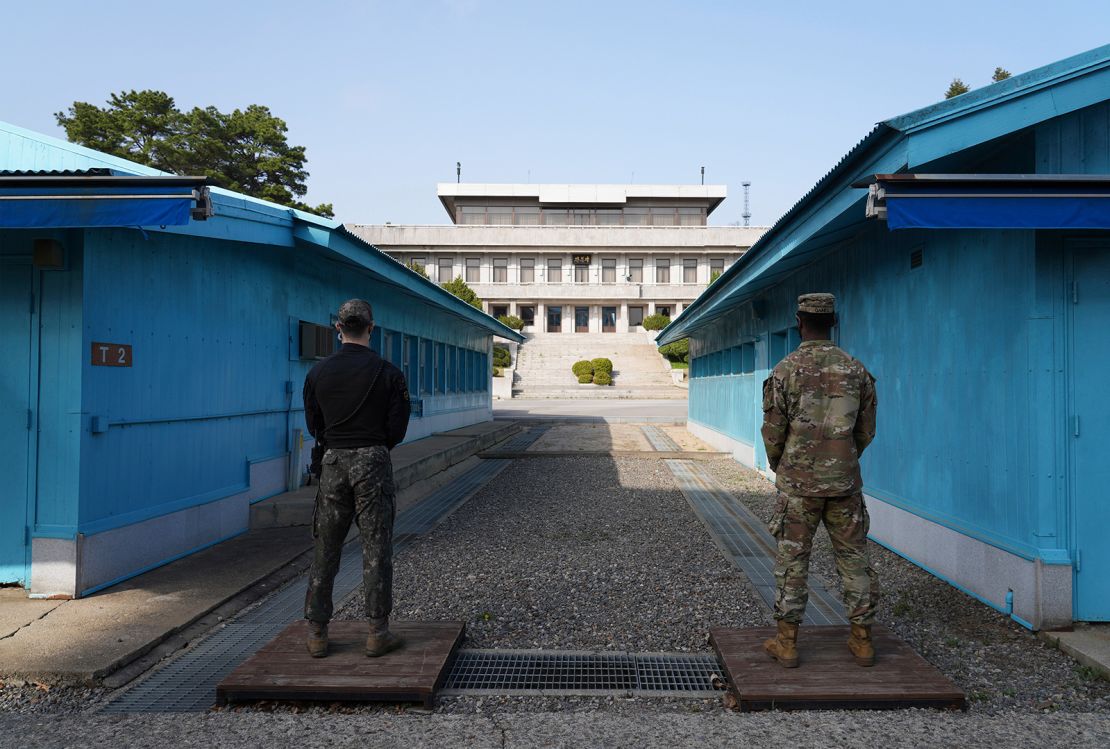
If the jjimjilbang baths offer an escape from reality, there is a big dose of it to be found not far beyond the skyscrapers and apartment blocks that ring Seoul.
The demilitarized zone (DMZ), which marks the border between North and South Korea, is just a few miles from the heart of the city and stands as a stark reminder of the geopolitical situation in the region. The Korean peninsula has been split in two since the middle of the 20th century and continues to be at the epicenter of wider struggles between the world’s superpowers. The DMZ stretches for 160 miles and takes in a no man’s land that’s just two and a half miles wide.
Famously, it is home to the Joint Security Area (JSA), also known as the Truce Village. It is here where US and South Korean forces maintain a major base and where former US President Donald Trump met with North Korean leader Kim Jong-un in 2019. The South and the North are still technically at war after the 1950-53 Korean War, so the area is heavily protected.
“For me, working up here feels very surreal,” says Lieutenant John Paul Mulligan of the United States Navy. When asked about concerns over visitors to the JSA running across the border, Mulligan says that training is key.
“I would say that the soldiers here are very well trained in their PPR’s (pre-planned responses) and their responses, but also they are very good at de-escalation and preventing international incidents.”
That such a border exists so close to Seoul feels, as Mulligan says, surreal. When downtown, amongst the tech-savvy kids and futuristic landscapes, this reality can feel so distant as to be non-existent. Yet the worries that arise from it continue to dominate Korean life, with missile tests and the threat of war never feeling that far away.
All men aged between 18 and 28 must complete compulsory military service and there are few exceptions. All seven members of BTS are due to do so, with band member Jin enlisting in December 2022. Soccer star Son Heung Min completed a stint in 2020 (although he and his South Korean teammates were spared the full 21-month requirement after they won the 2018 Asian Games).
This patriotism, combined with pride in all things K-Pop, K-Drama and Newtro all go towards making Seoul a city like no other. Somewhere that cleverly balances the bleeding edge of the new, while maintaining a respect for tradition that permeates all parts of society.
